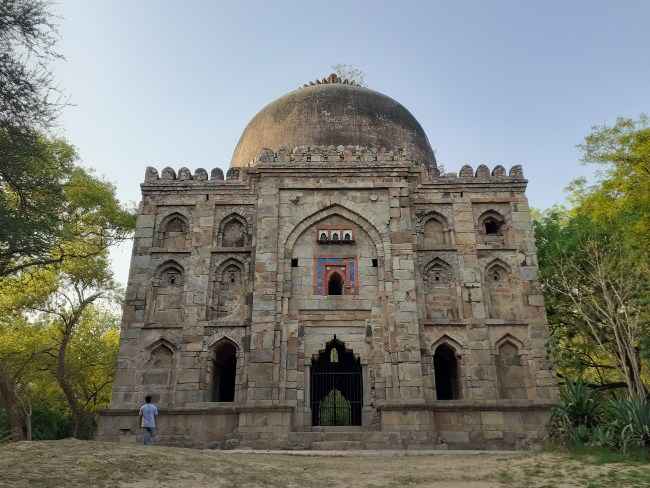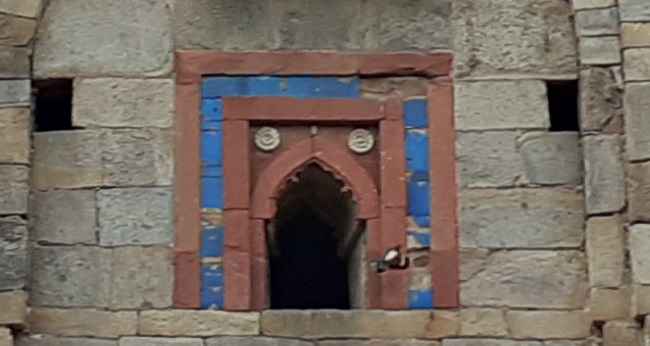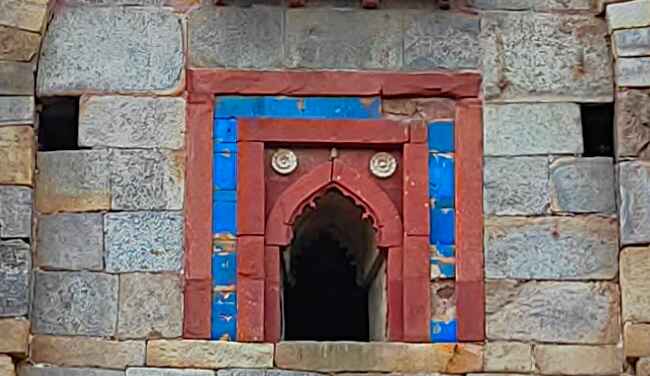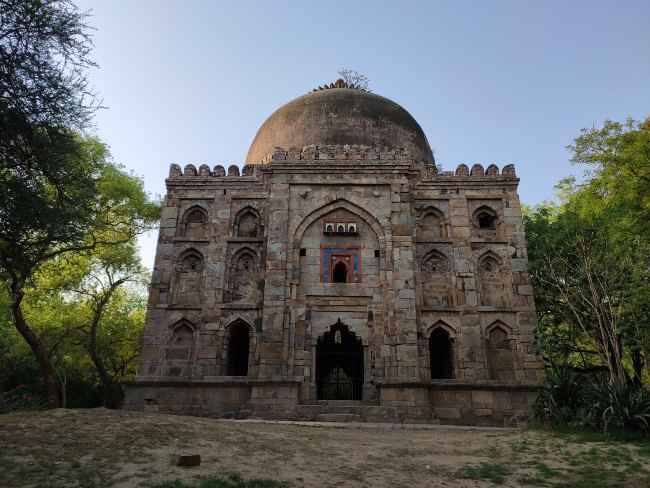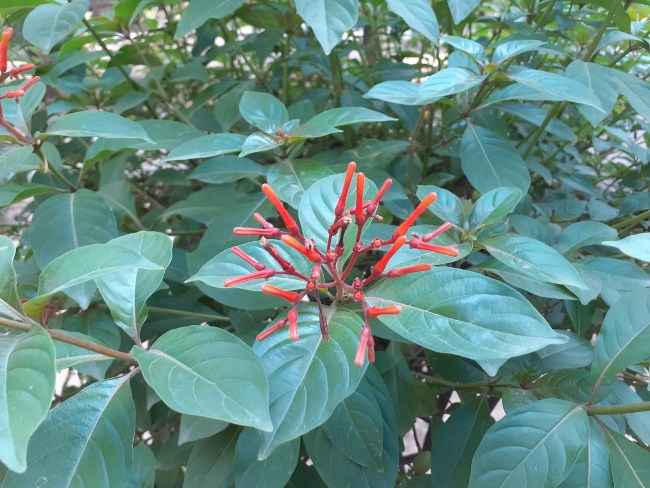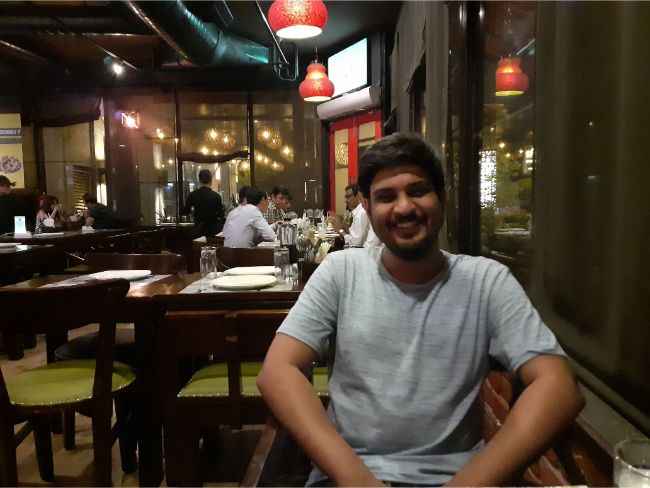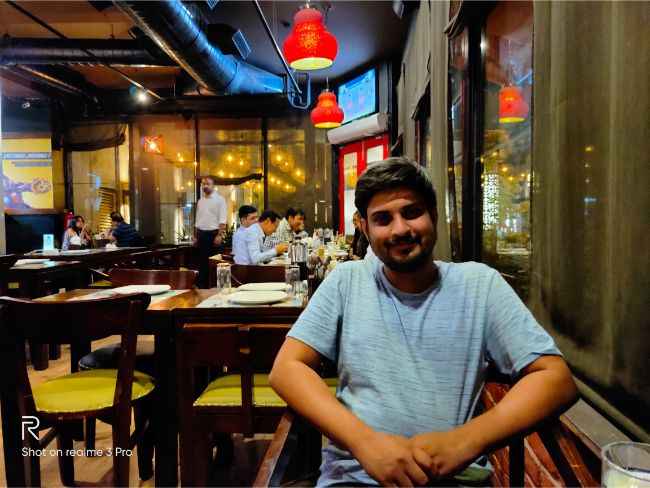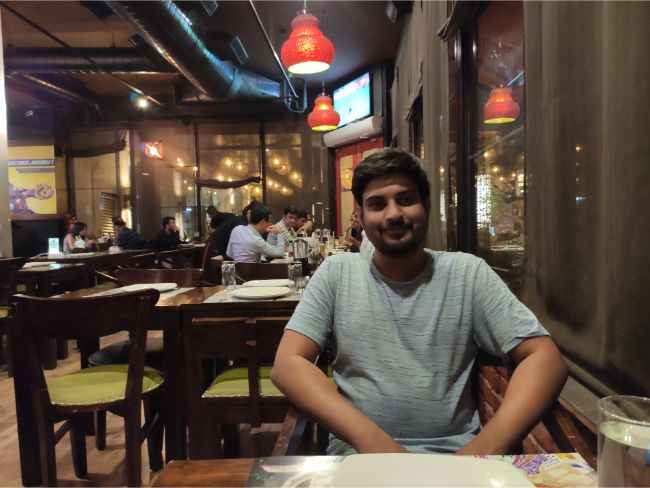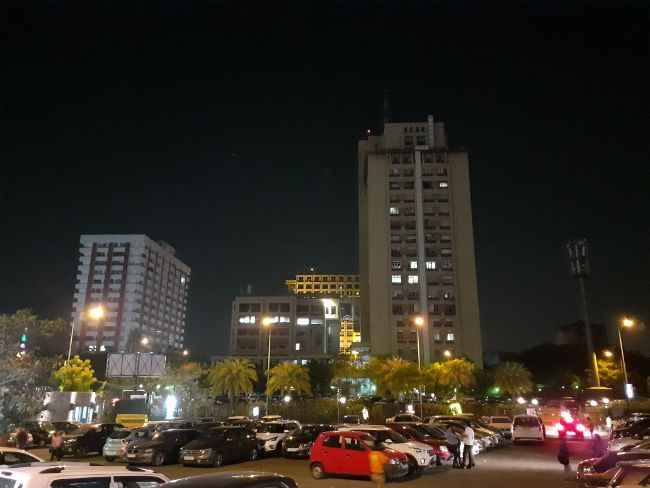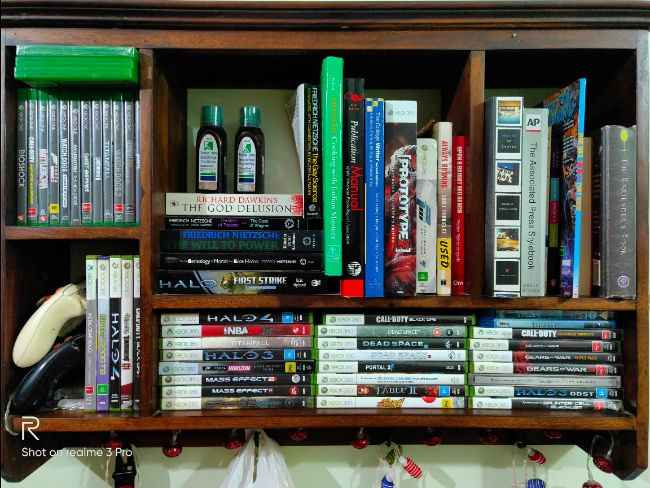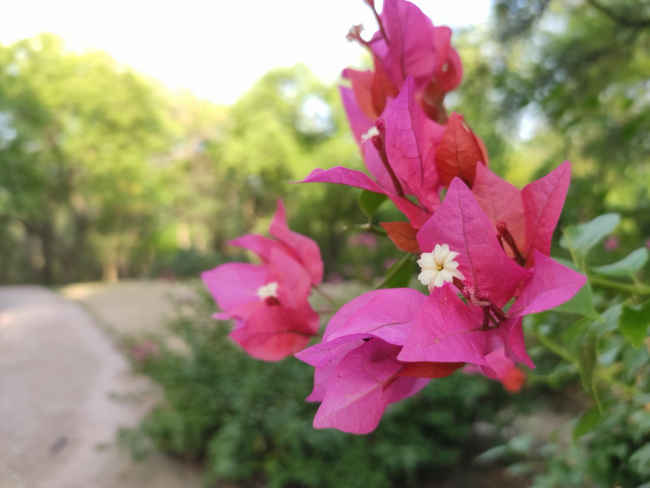Xiaomi Redmi Note 7 Pro vs Realme 3 Pro vs Samsung Galaxy M30 camera comparison: In search of the best mid-range camera
The Xiaomi Redmi Note 7 Pro, Realme 3 Pro and the Samsung Galaxy M30 are three of the best camera phones available under Rs 15,000. Each phone have something unique to offer
Each phone have something unique to offer. For instance, the Galaxy M30 pro offers a wide-angle lens while the Redmi Note 7 Pro offers a 48MP camera.
Which is the best camera phone to buy under Rs 15,000? Let's find out.
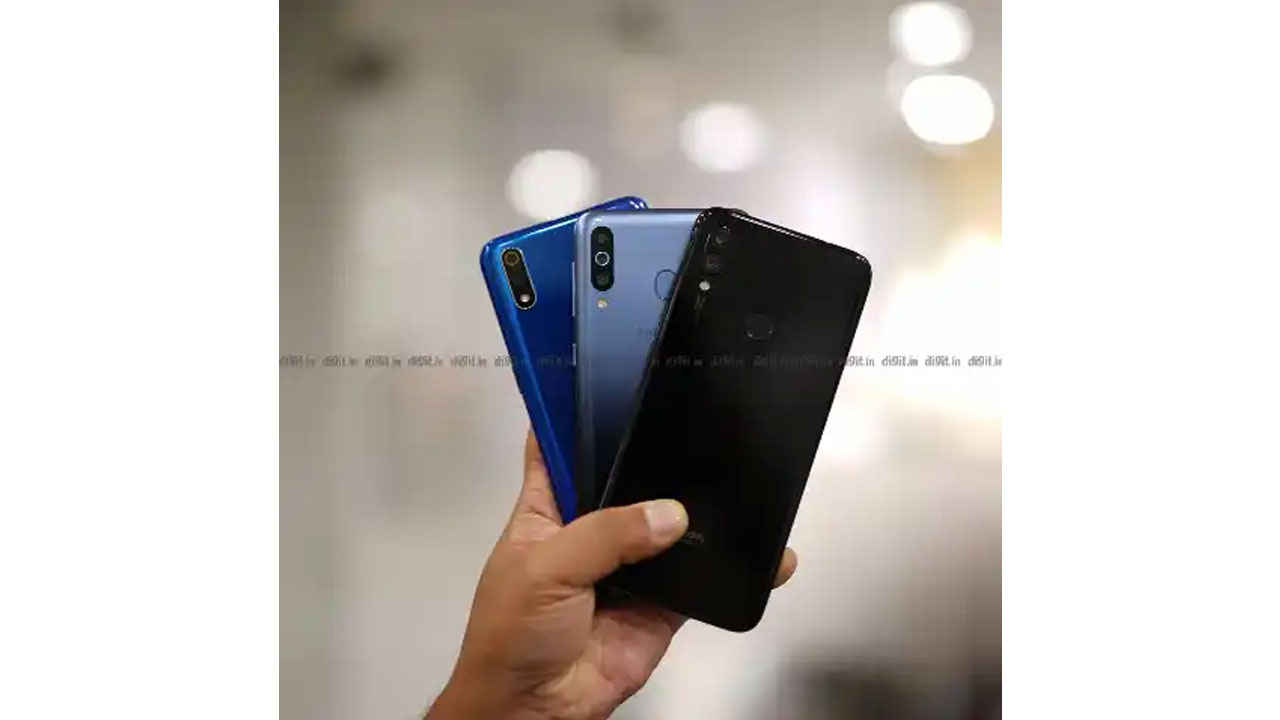
Perhaps the most dynamic price segment for smartphones, the sub-Rs.15,000 segment is one of the fastest growing. Not only is it the fastest moving segment, but it is also the segment that is seeing very aggressive boost in specs. The camera has been one of the most in-demand areas of improvement on smartphones in this price segment, and over the last year, manufacturers have tried their best to deliver. We have sifted through the plethora of phones and shortlisted the top three; the Redmi Note 7 Pro, the Realme 3 Pro and the Samsung Galaxy M30. Of the three, the Redmi Note 7 Pro is the only smartphone with a 48-megapixel sensor, which puts it at an advantage. We put the three devices through our testing to see just how good the three are in comparison to each other.
 Survey
SurveyPerformance under good lighting conditions
Evaluating first for dynamic range, the Redmi Note 7 Pro predictably pulls ahead thanks to its 48-megapixel sensor, that bins 4 pixels into 1 so as to yield better dynamic range and contrast. The Real Me 3 Pro with its 16-megapixel primary sensor with a pixel pitch of 1.22 μm too manages to shoot vivid images with a decent balance between shadows and highlights.
Shot on Galaxy M30
Shot on Realme 3 Pro
Shot on Redmi Note 7 Pro
Where it does falter is in the occasional oversaturation of the greens and yellows. The reds and blues do turn out fairly well balanced though. The Samsung Galaxy M30 was also able to produce decent images, with slight loss in the shadows and some highlight clipping. We also noted a slight bias towards the bluer side of the white balance spectrum on the M30.
Shot on Galaxy M30
100 percent crop
Shot on Realme 3 Pro
100 percent crop
Shot on Redmi Note 7 Pro
100 percent crop
In terms of sharpness, the Realme 3 Pro and the Samsung Galaxy M30 exhibit typical sharp center, but the image tends to soften towards the edges. In the case of the Redmi Note 7 Pro, the sharpness is a little more consistent across the frame, with the extreme corners being the only areas where you will see a slight dip in sharpness. All three smartphones have a very slight, but noticeable gap in between shots. The Realme 3 Pro, however, takes the least amount of time between shots, while the Galaxy M30 exhibits the longest shutter lag out of the three.
Shot on Galaxy M30
Shot on Realme 3 Pro
Shot on Redmi Note 7 Pro
For daytime photos, the Redmi Note 7 Pro and the Realme 3 Pro come rather close, with the Redmi winning due to its notably more consistent in sharpness across the frame and slightly better dynamic range.
Performance under low light situation
When you consider low light photography on smartphones under Rs 15,000, it is very important to adjust your expectations in terms of quality and output. While none of the cameras in our comparison managed to produce images that would be considered “print worthy,” the aggressive noise reduction and JPG Processing algorithms do spit out images good enough for sharing online.
Shot on Galaxy M30
Shot on Realme 3 Pro
Shot on Redmi Note 7 Pro
All three phones exhibit notably reduced dynamic range, struggling to retain detail in the shadows. Indoors, the Realme 3 Pro’s photos exhibit excessive processing, resulting in artefact that represents itself as small blotches all over the frame. There is also excessive noise reduction which results in a notable loss in sharpness. The Redmi Note 7 Pro fairs a hair better in this regard, with more polished noise reduction. While the skin is still extremely smoothened, the image still retains decent amount of contrast and hence, the perceived sharpness is higher. The Samsung Galaxy M30, unfortunately, produced images that shows luma noise in the shadows, but also showed some visible signs of noise reduction, which were more evident in the highlights.
Shot on Galaxy M30
Shot on Realme 3 Pro
Shot on Redmi Note 7 Pro
Shot on Galaxy M30
Shot on Realme 3 Pro
Shot on Redmi Note 7 Pro
In the low light performance, all three smartphones produce images that are just about passable, with the Redmi Note 7 Pro’s results being the best of the lot. The Realme 3 Pro does retain better colours and a better shutter response. The Samsung Galaxy M30 lags behind by a larger margin due to overall poor results. The Realme 3 Pro wins the low light tests by an incredibly slim margin of just 0.08 points over the Redmi Note 7 Pro.
Portraits
All three smartphones in our comparison sport a depth sensor to aid in portrait mode shots, while their front facing cameras are vastly different. The Realme 3 Pro sports a 25MP camera, while the Samsung boasts of a more modest 16megapixels of resolution for the front shooter. The Redmi Note 7 Pro has the lowest pixel count of the three, clocking in at 13 megapixels.
Shot on Galaxy M30
Shot on Realme 3 Pro
Shot on Redmi Note 7 Pro
All three cameras come with filters for the front facing cameras to soften the skin, which is the first thing we turned off. After this, we measured the sharpness for the three and found the Redmi Note 7 Pro to be the sharpest and also reproduce the most amount of details out of the three. Surprisngly, the Samsung Galaxy M30 exhibited the highest dynamic range in the selfie department, most likely due to Samsung’s more polished HDR algorithms.
Shot on Galaxy M30
Shot on Realme 3 Pro
Shot on Redmi Note 7 Pro
Overall, the Redmi Note 7 once again comes out on top the Samsung Galaxy M30 coming in a close second, with a total score difference of just 1.3 points. The Realme 3 Pro placed 3rd with a slightly lower score, getting beat due to its low dynamic range.
Conclusion
The Redmi Note 7 Pro comes out as the top smartphone camera for the under Rs 15,000 segment due to its excellent image quality in bright day light, and a balanced output in low light. The front facing camera on the Redmi Note 7 Pro may have a low megapixel count, but that allows it to have the largest pixel pitch of the three. For the price, it is the most well rounded, and balanced smartphone camera we have tested this year.



